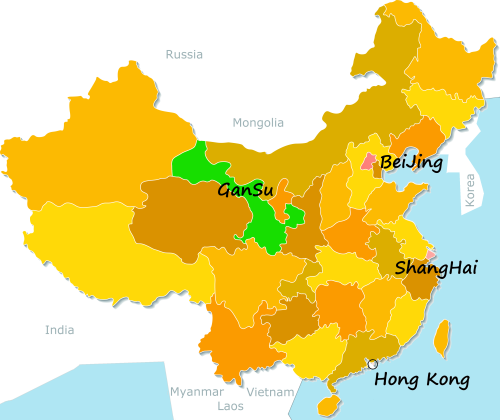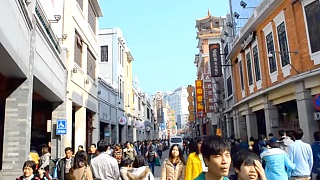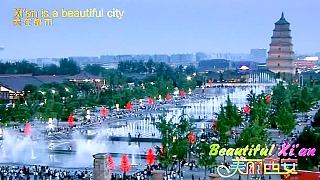GanSu's UNESCO World Heritage Site ...
[640],shadow=true,start=,stop=
Live more ...
 MoGao Grottoes and DunHuang night market tour
MoGao Grottoes and DunHuang night market tourGanSu's UNESCO World Heritage Site ...
[640],shadow=true,start=,stop=

|
A composition of aerial and time-lapse scenes ...
|

|
Keep the love ...
Excellent cinematography
|

|
There are three trails along this deepest river gorge in the world - lower, middle and upper. The views are amazing and the experience truly unforgettable.
|

|
Beautiful. Traditional Chinese craftsmanship ...
|

|
Best of the Tibet Amdo Losar New Year Gala 2016 ...
|

|
The capital of ShaanXi province in central China ...
|

|
Amazing craftsmanship (actually, so good it is art) and culinary skills ...
|